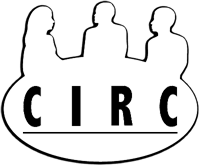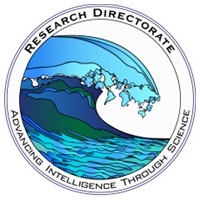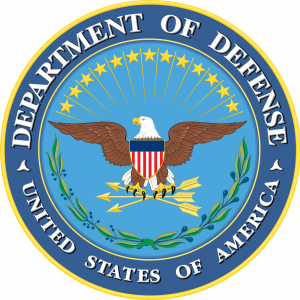The REU Site: Interdisciplinary Program in High Performance Computing was created in 2010 by Drs. Gobbert and Neerchal and grew to include Drs. Peercy and Adragni until 2017. Over the eight years, the program trained 158 participants in total and involved 21 graduate assistants. The REU Site has to its credit 64 publications, comprising 17 papers in reviewed journals for the participants, 4 refereed conference papers, 3 senior theses, and 40 HPCF technical reports. Three students affiliated with the program have been awarded the prestigious NSF Graduate Research Fellowships, two undergraduate participants and one graduate student who served as research assistant.
We are excited to have hosted this unique Research Experiences for Undergraduates (REU) Site in scientific, statistical, and parallel computing, all extremely hot areas of current research. Participants worked in teams on projects brought in by high caliber researchers from academia, industry, and government agencies, closely supported by experienced graduate students and faculty members in collaboration with the Center for Interdisciplinary Research and Consulting. The participants acquired the skills necessary to perform hands-on high performance computing on a state-of-the-art distributed-memory cluster in the UMBC High Performance Computing Facility.
The tabs for the programs from 2010 to 2017 on top of this page have a wealth of information to get a good idea of the activities of the program, in particular see the webpage on the Projects, Special Events, and the Photo Albums there. This description tries to give the most realistic and concrete impression of the activities throughout the program from a student perspective. We even have our own YouTube Movie with opening remarks by our university president and testimonials from two 2010 participants that the UMBC New Media studio graciously produced for us. UMBC News published two articles on our program, one in 2015 and one in 2016.
See our Partners page for acknowledgments to our collaborators and funding sources, in particular the NSF, the NSA, and the DOD. For general information, please check back regularly at this webpage to see updates and news items posted. For specific questions, do not hesitate to send e-mail to hpcreu@umbc.edu.




